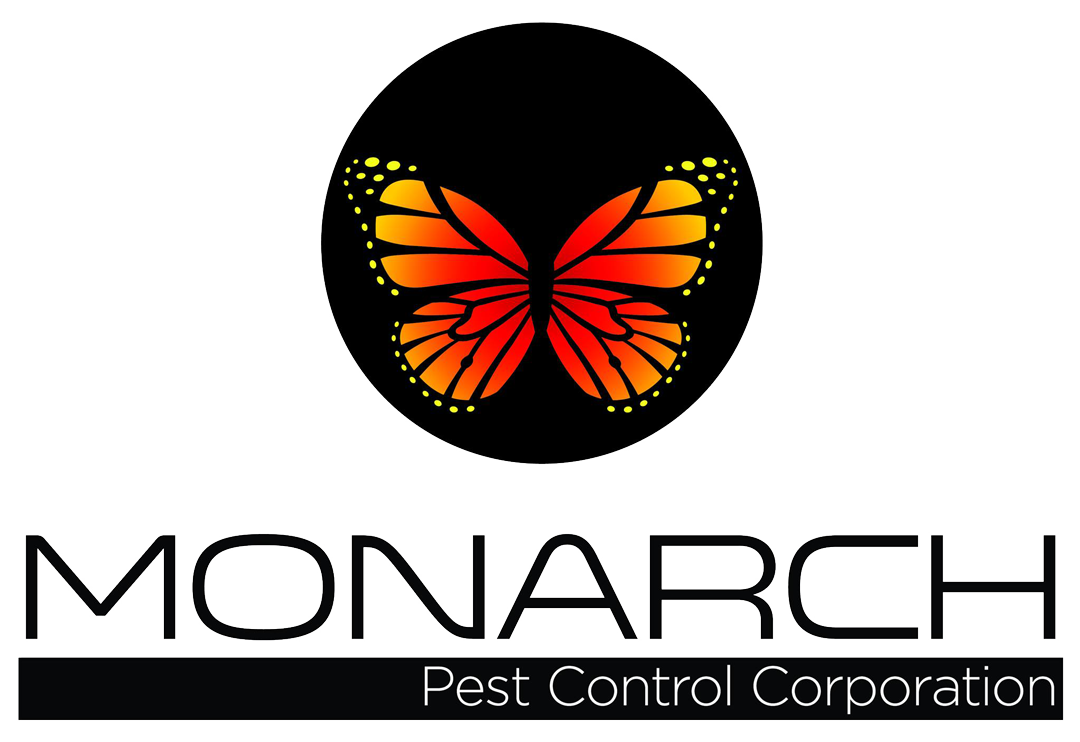by Heather Roncinske
What is Monarch Pest Control Corporation and Why do we employ I.P.M Techniques?
Monarch is different from most pest control companies in a couple ways; I am the only female owned and fully operated pest control company in the country. Aside, from being one of the very few female technicians in this industry…I come from a very strong background of science. Because of my background I have started setting Monarch up as such, a place of science. I am going about each service with a very different vantage point from most in the herd, I consider myself more of a consultant. My goal is simple identify why the pest issue is at the residence or business in the first place and from the inspection set up an appropriate plan to solve the issue using IPM techniques. I will be using pesticides but, only if Mechanical and non-chemical techniques fail. Most companies go directly for pesticide…inherently, spray first and ask questions second!
Ok so what is IPM?
Integrated pest management (IPM) uses environmentally sound ways to keep pests from invading your home, damaging your plants, or annoying you. Successful IPM combines several methods to prevent and manage pest problems without harming you, your family, or the environment. In IPM, using pesticides may be an option, but when nonchemical methods are used first, pesticides are often not needed.
1. Identify your pest correctly.
Identify your pest to be sure the management method you choose will be effective. So, by knowing the pest and its biology it will always allow you to determine what mechanical control to use to rid the pest of what it needs to survive and thrive in its current habitat. Knowing the biology allows you to correctly remove food source, moisture source and harborage areas. Once, one of these three things are eliminated the population will either move on or die off.
For best results, combine several methods from the following categories:
o Prevention
Prevent pests from invading or building up their populations in the first place. This might include removing the pests’ sources of food, water, and shelter, or blocking their access into buildings or plants.
o Cultural controls
Cultural practices are things you can do to discourage pest invasion such as good sanitation, removing debris and infested plant material, proper watering and fertilizing, growing competitive plants, or using pest resistant plants.
o Physical or mechanical controls
Control pests with physical methods or mechanical devices such as vacuuming pest infestations (i.e. roaches, bed bugs), fans for flying insects, as well as, yellow and pink tinted exterior lights using barriers and traps, cultivating, soil solarization, maintain moisture sights and keeping entry points sealed as best as possible.
o Biological control
Biological control is the use of beneficial organisms (called natural enemies) to manage pests. Encourage natural enemies by planting flowering and nectar-producing plants and by doing so, avoiding the use of broad-spectrum pesticides. A very good plant to prevent pests is mint and spearmint (always sure to keep in secure pots and trimmed). Also, bat boxes to invite bats into your back yards…bats not only forage for mosquitoes but hundreds of other night flying insects.
2. If effective nonchemical methods fail, consider using pesticides.
Pesticides can be part of IPM, but use them only as a last resort and only after you have tried other methods. Be sure that your pest problem is serious enough to warrant a pesticide treatment. Always use the least toxic, yet effective, materials available and use them in ways that reduce human and pet exposure and protect the environment.
o Combine pesticide treatments with other preventive methods
Once pests are controlled, use preventive non-chemical methods to keep them from coming back.

